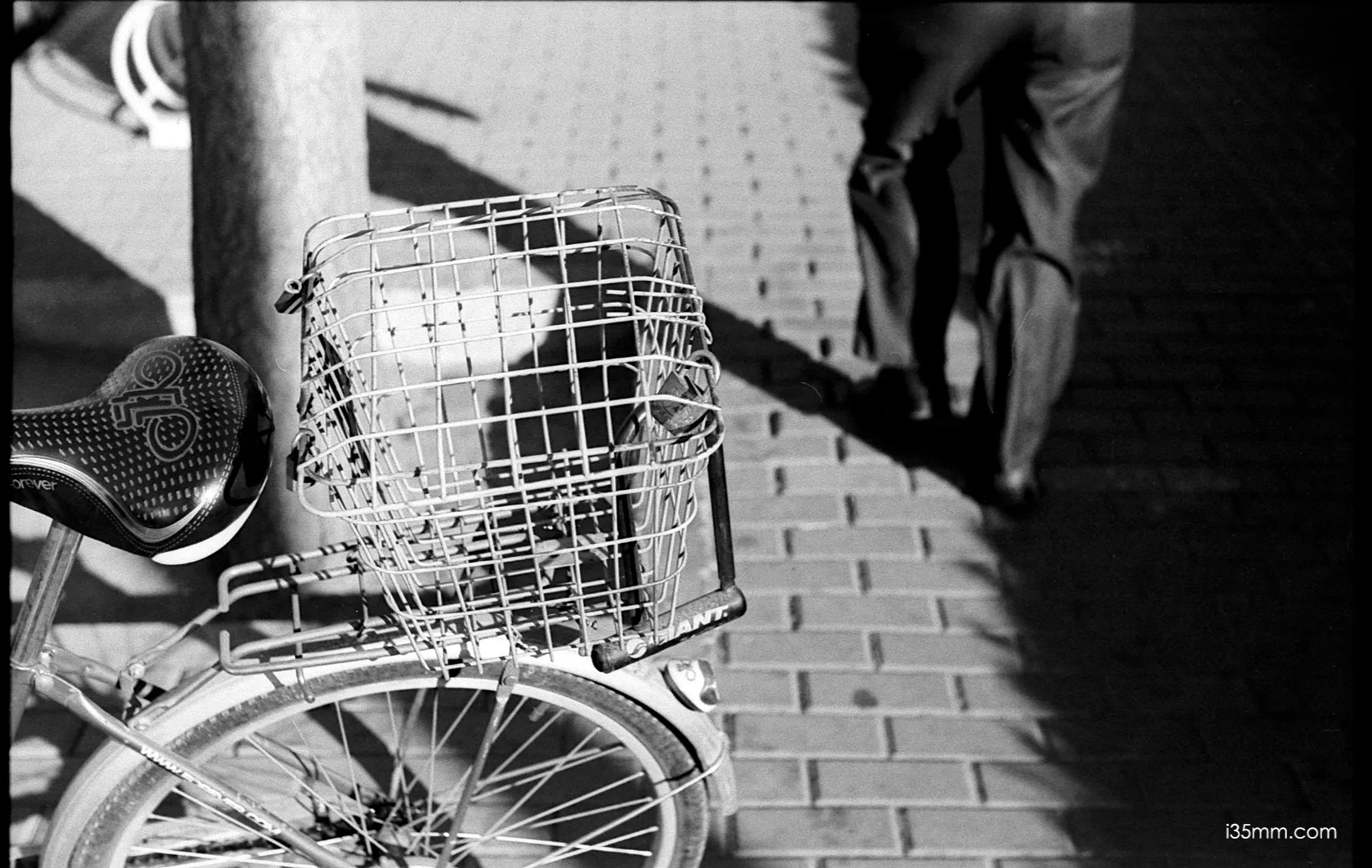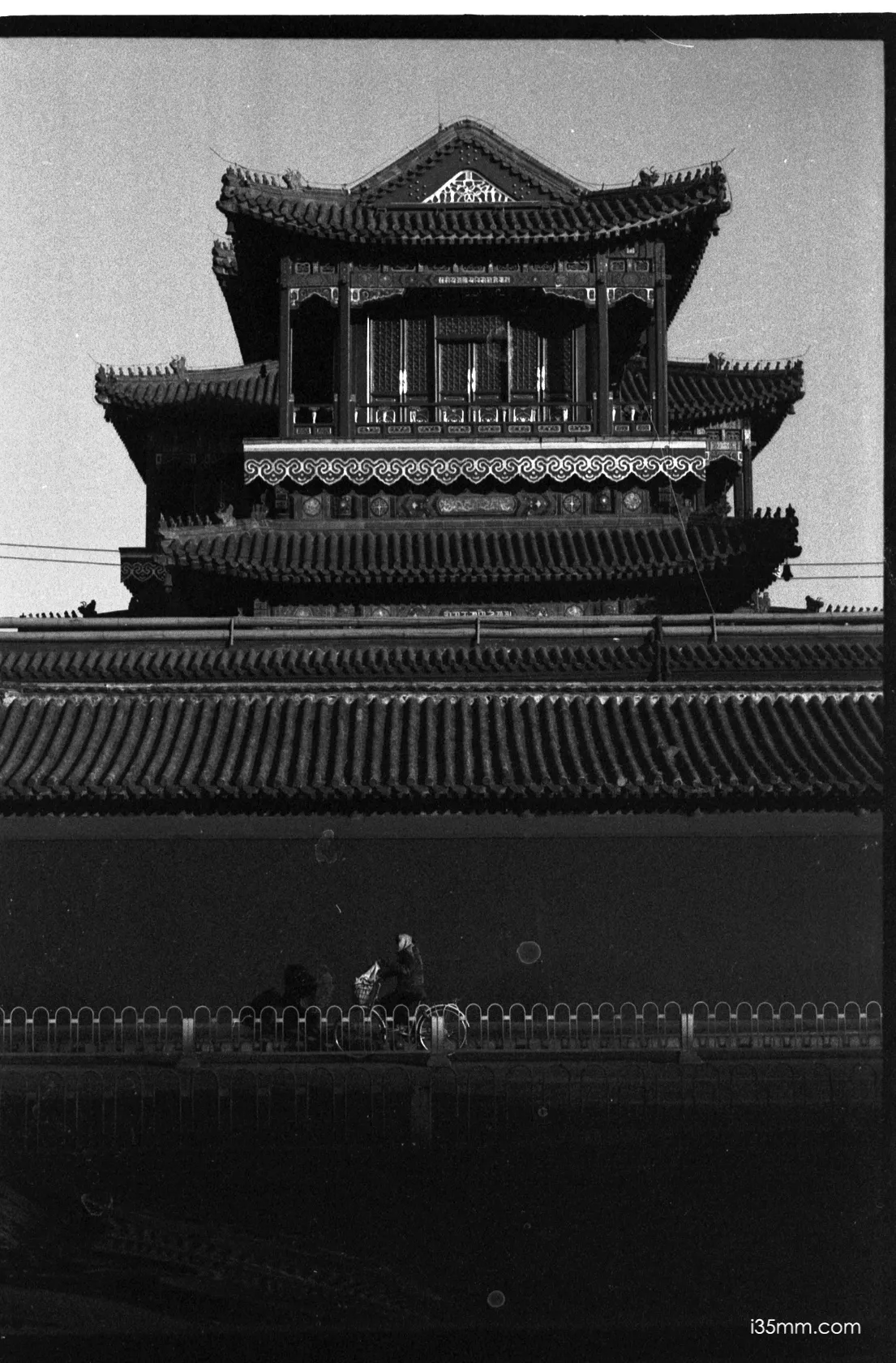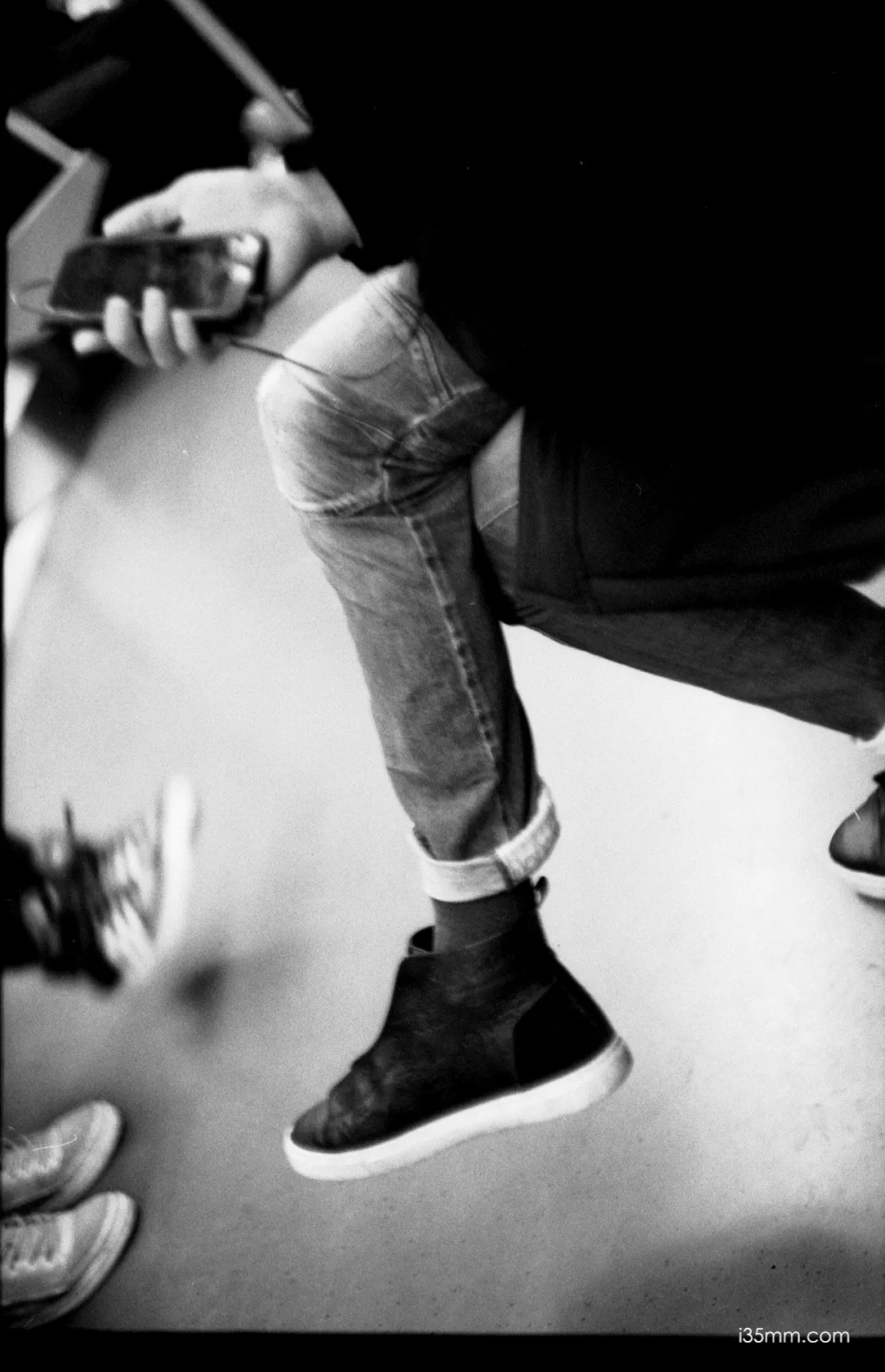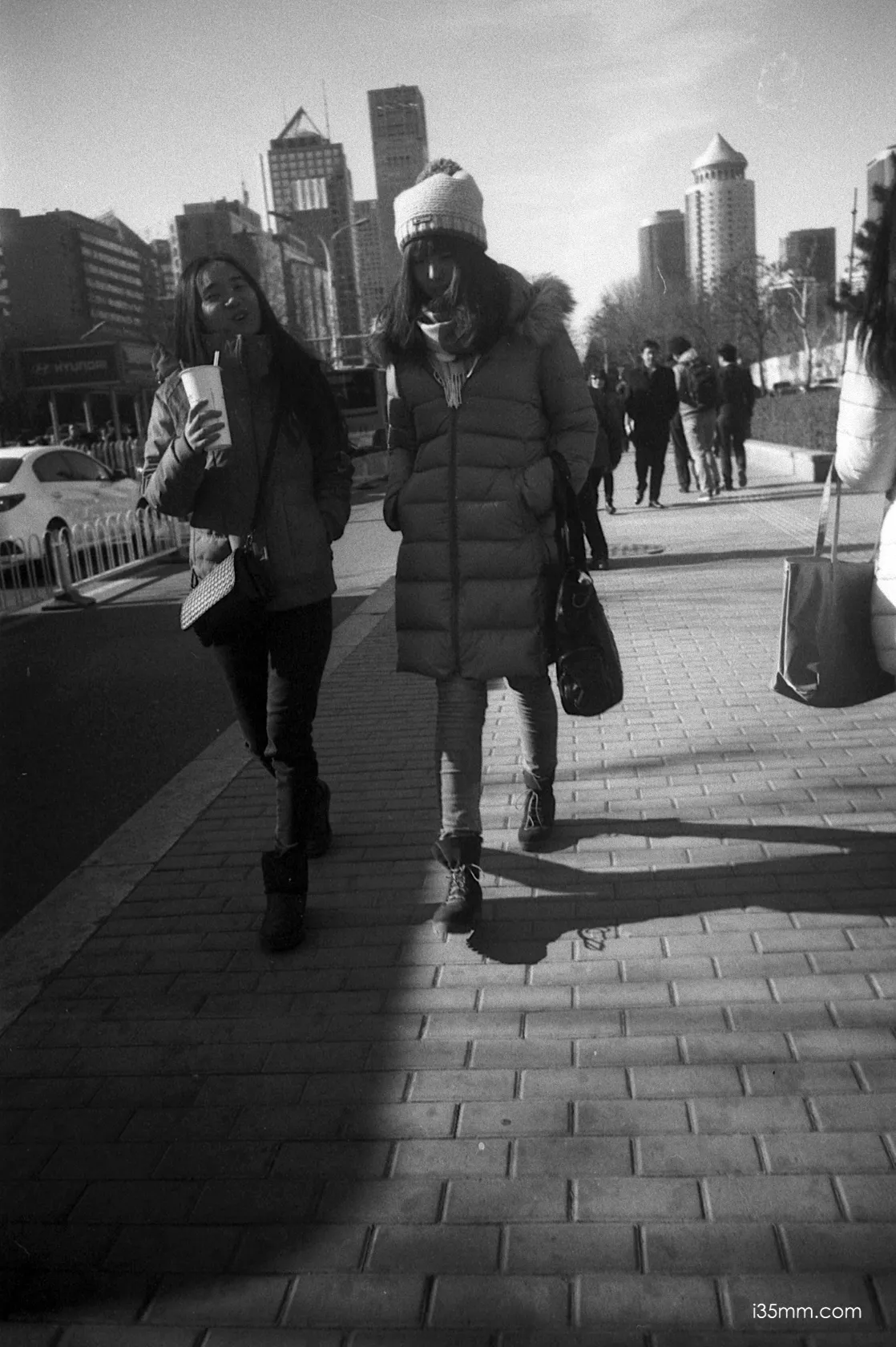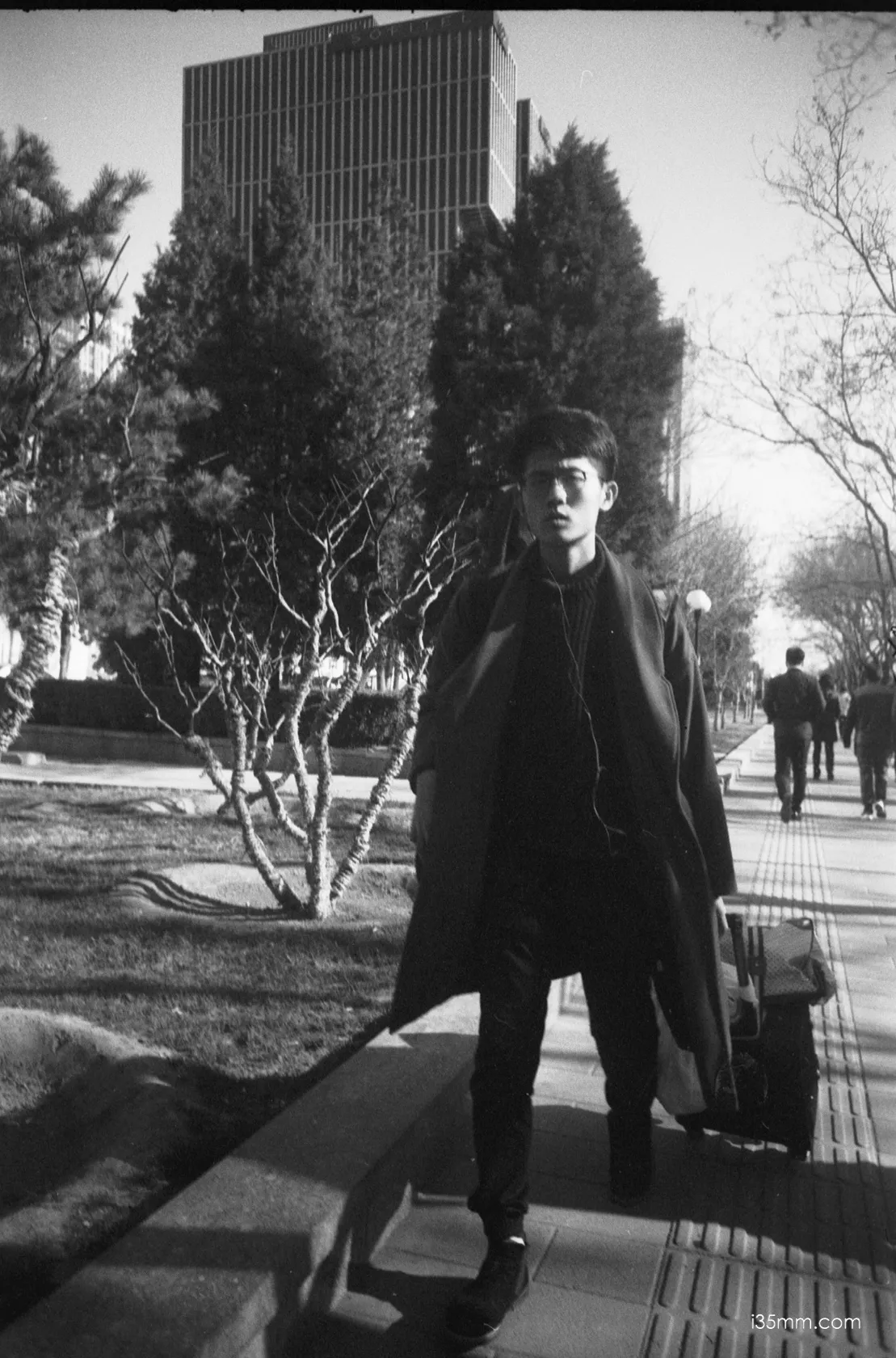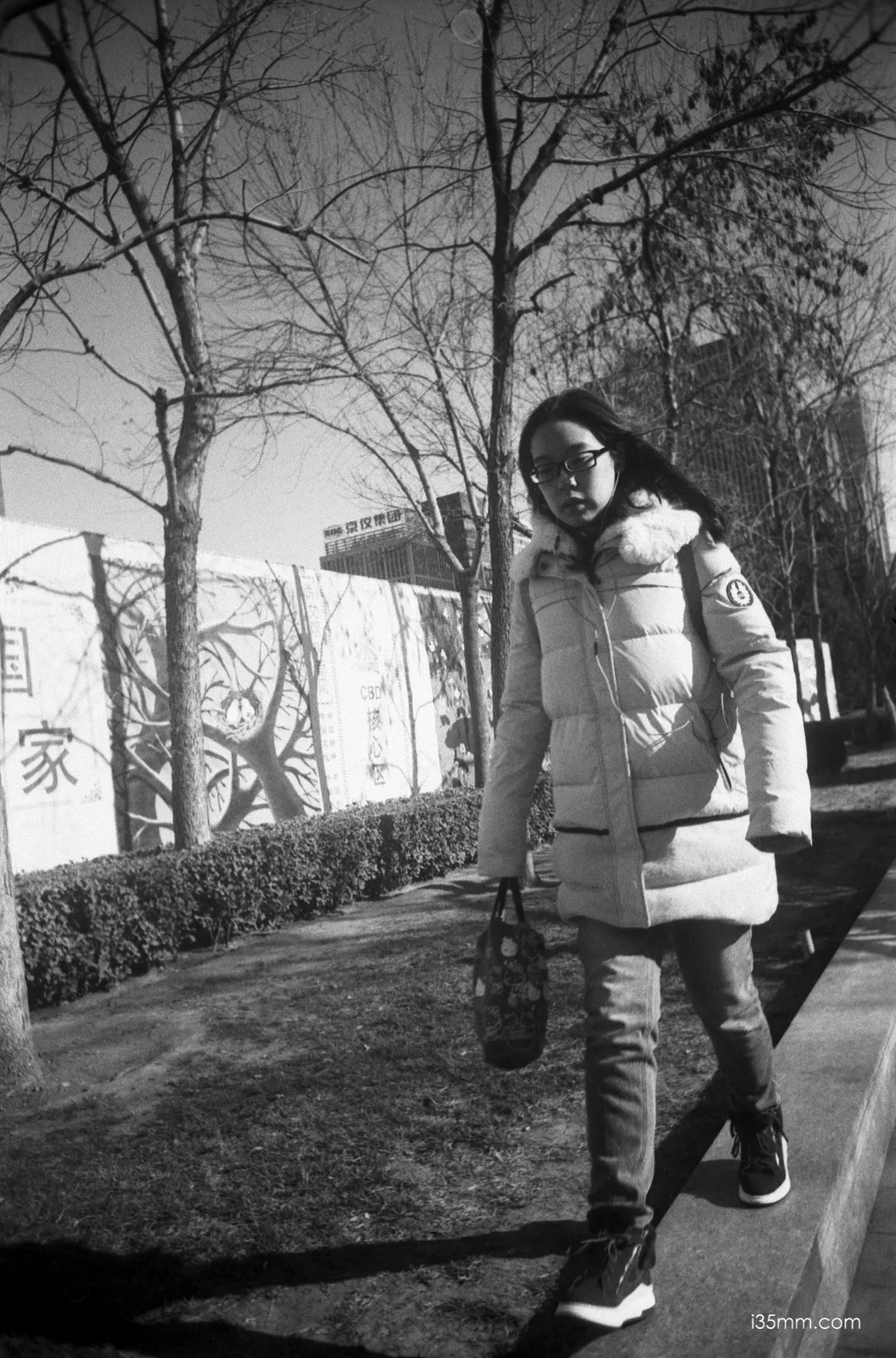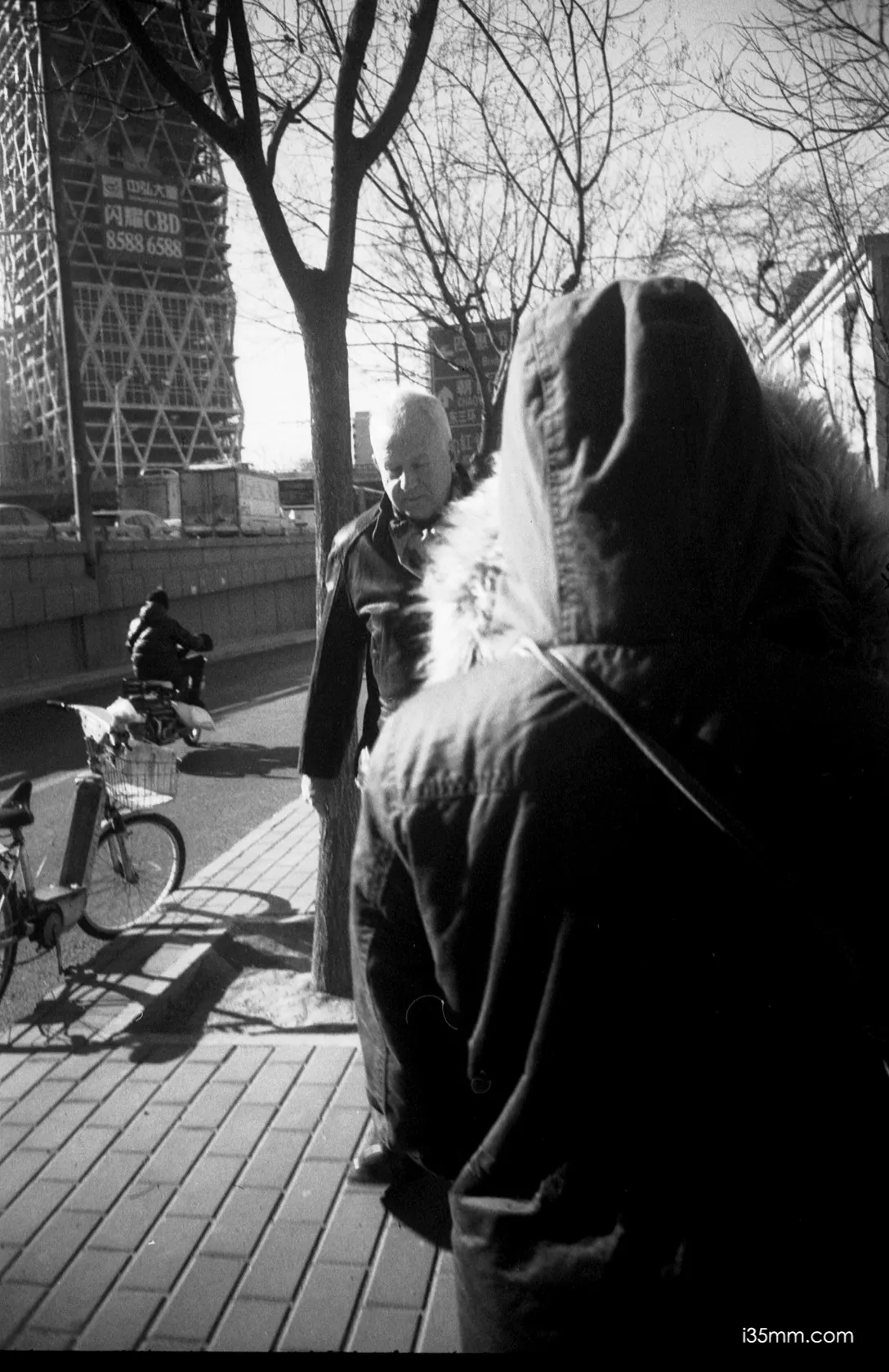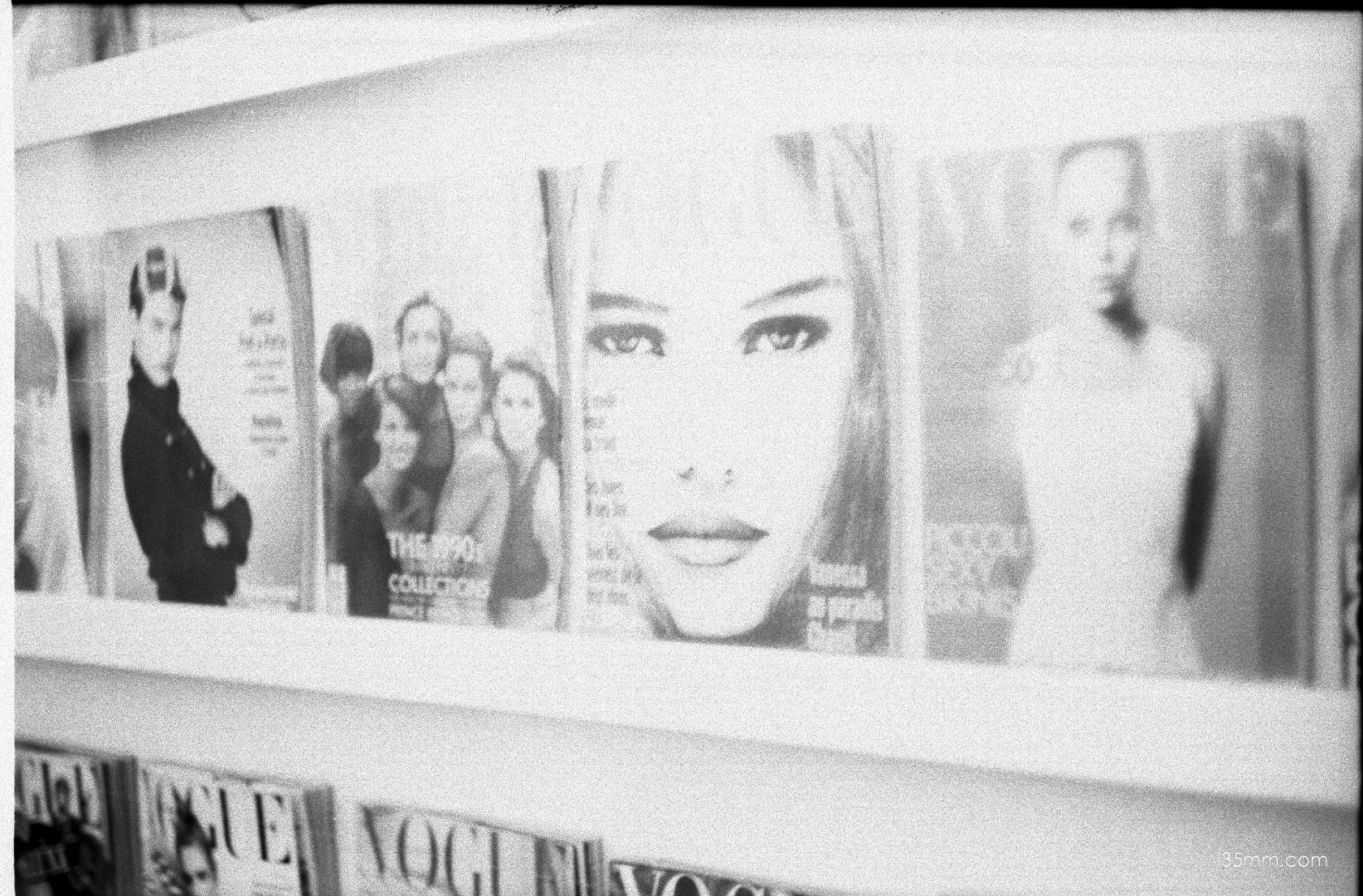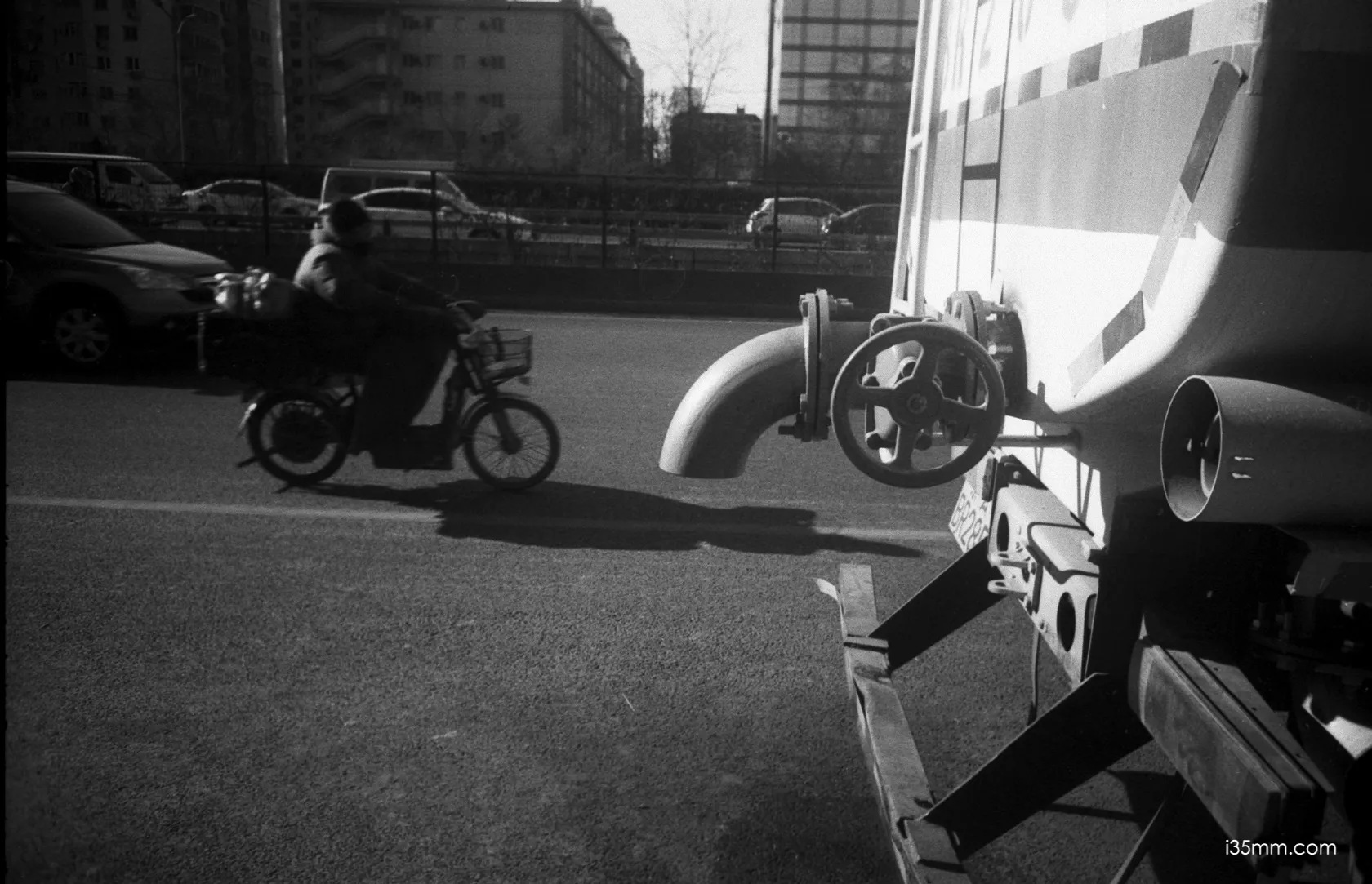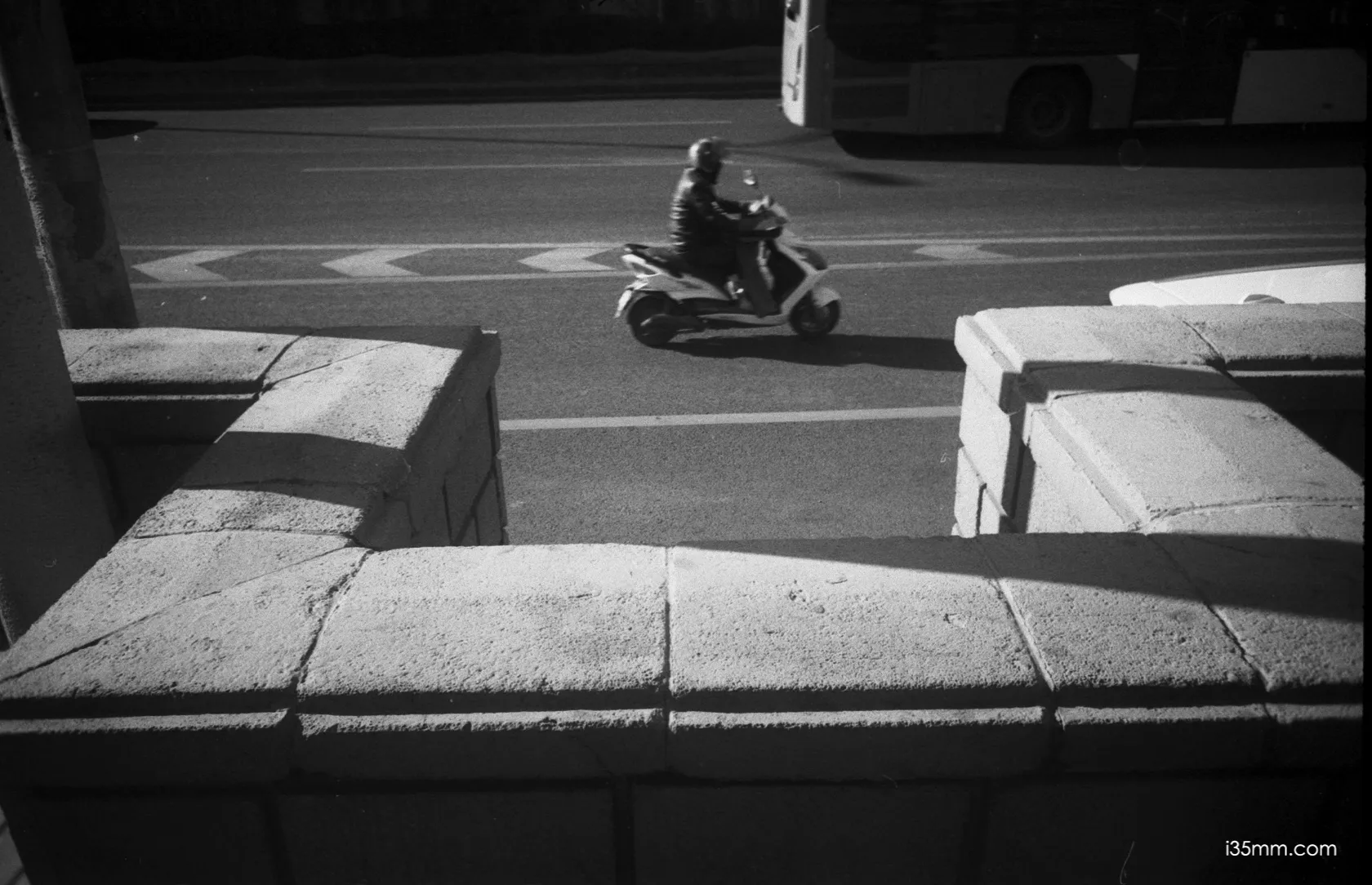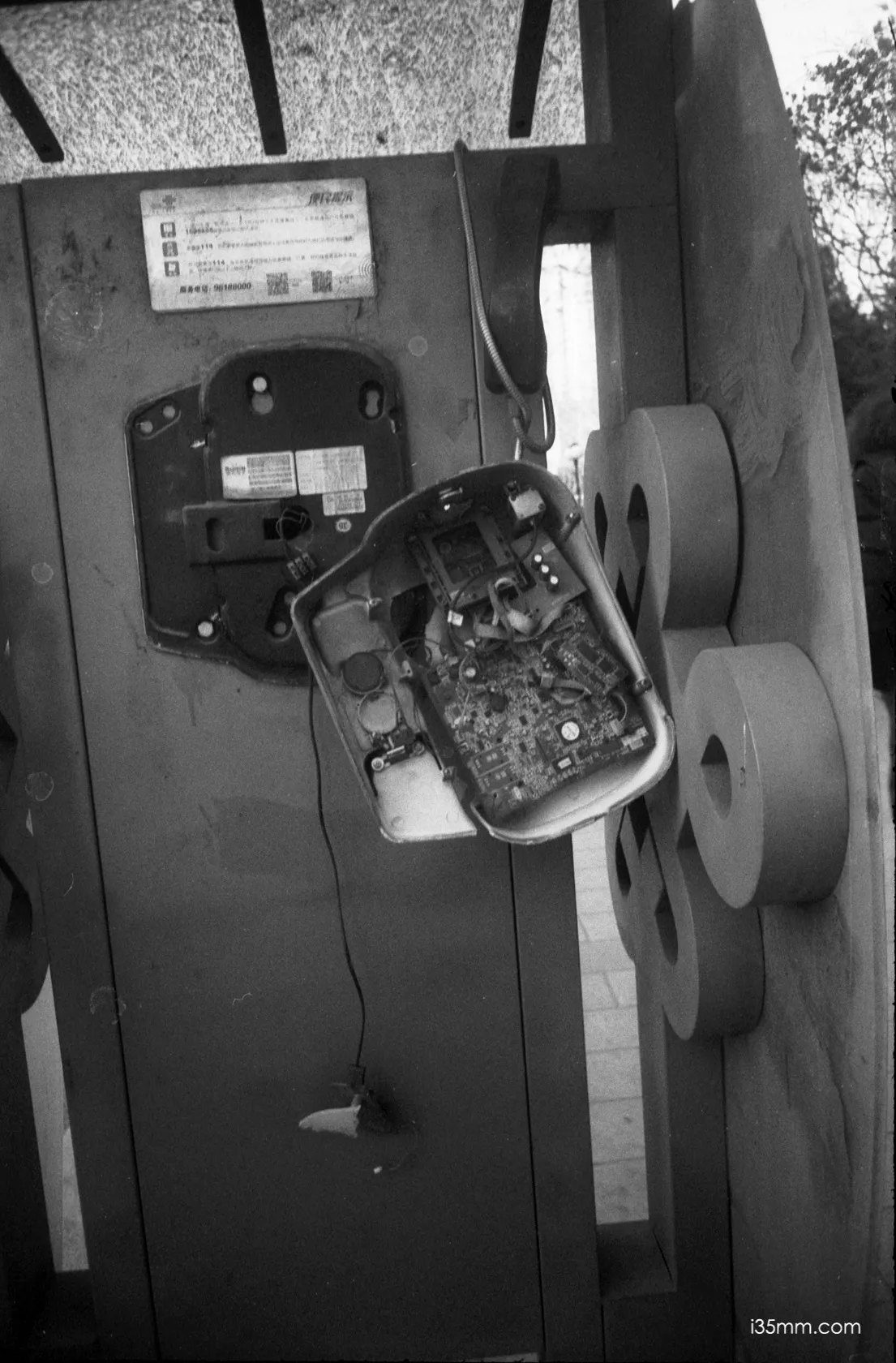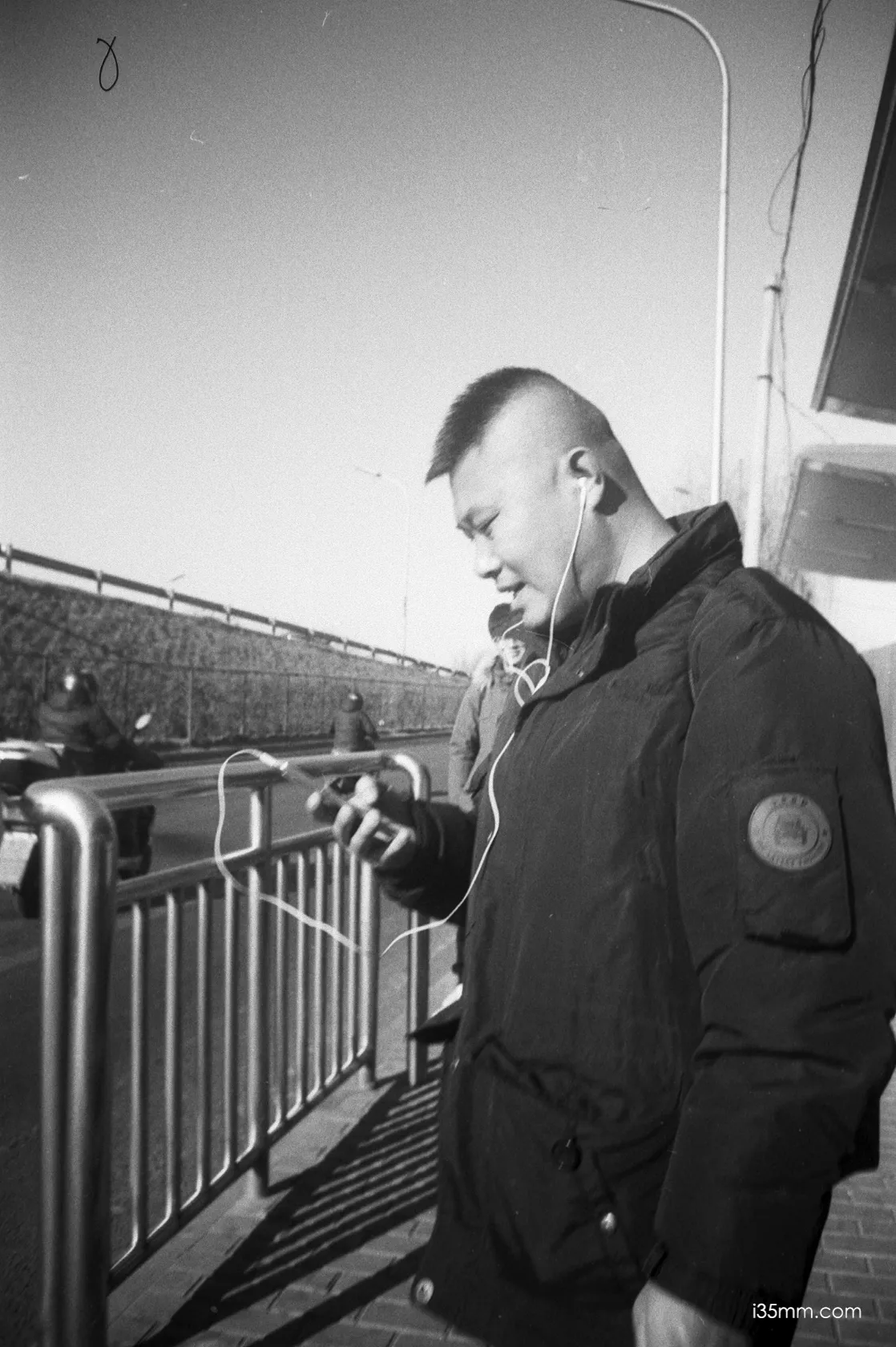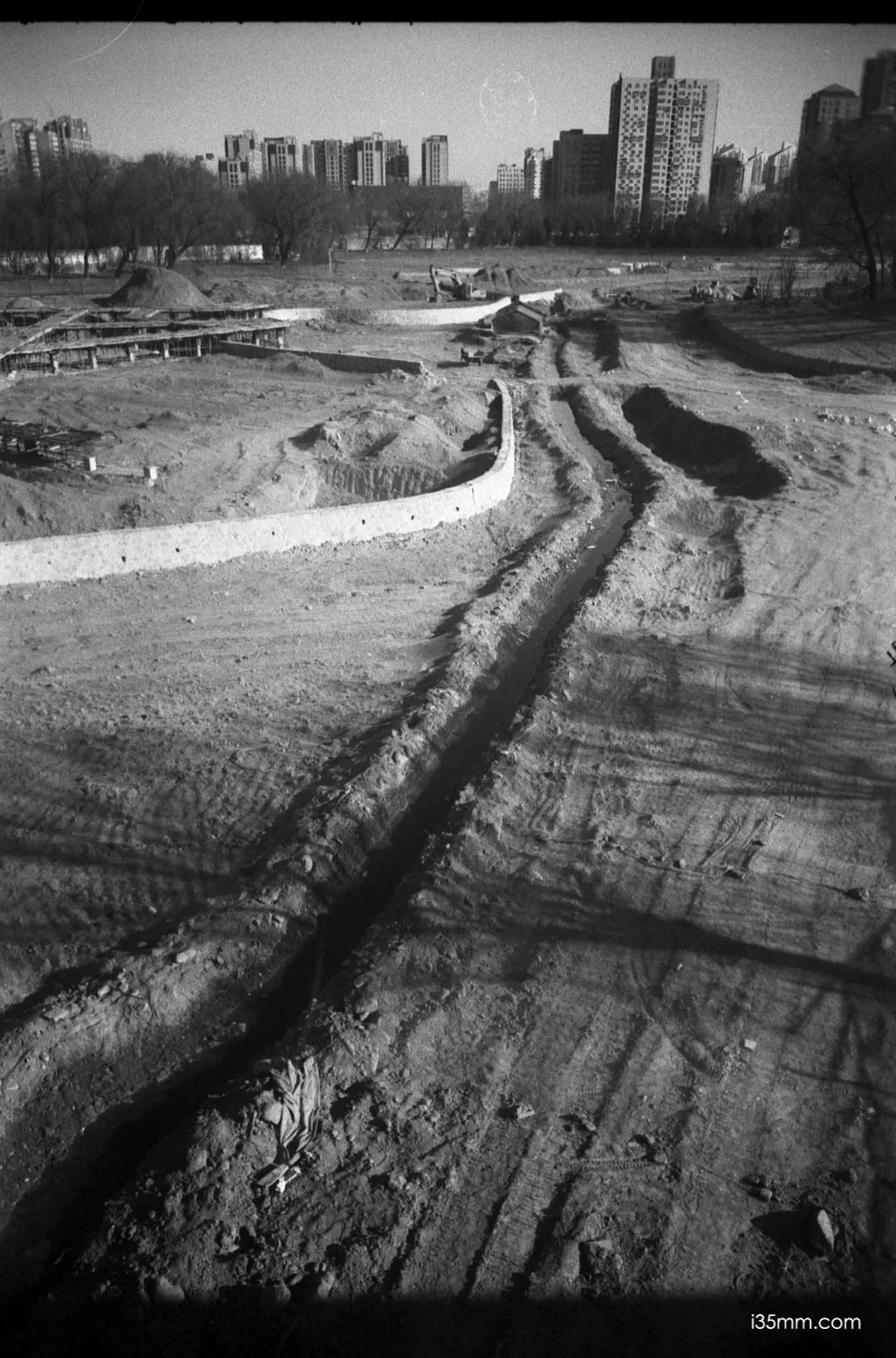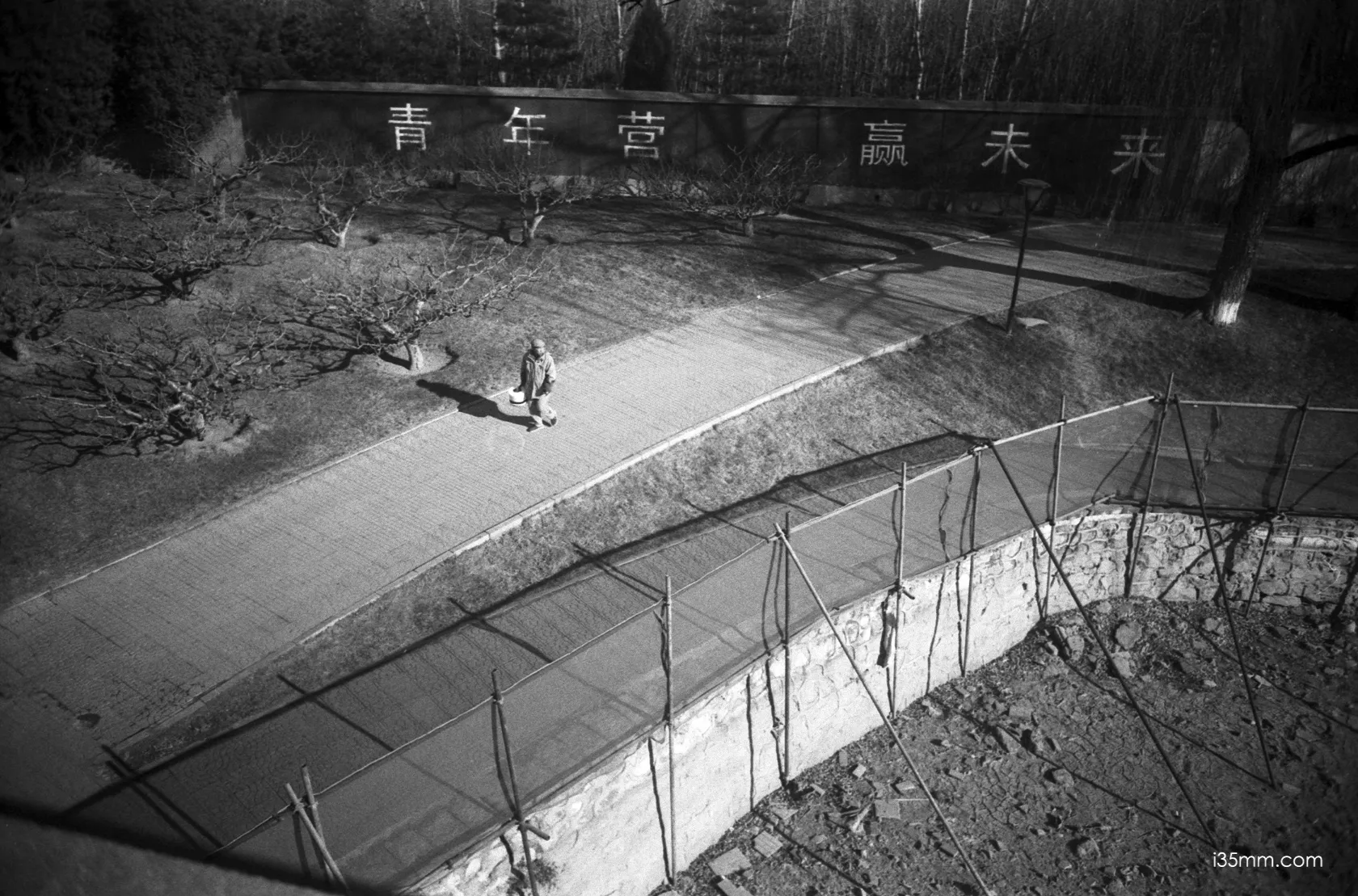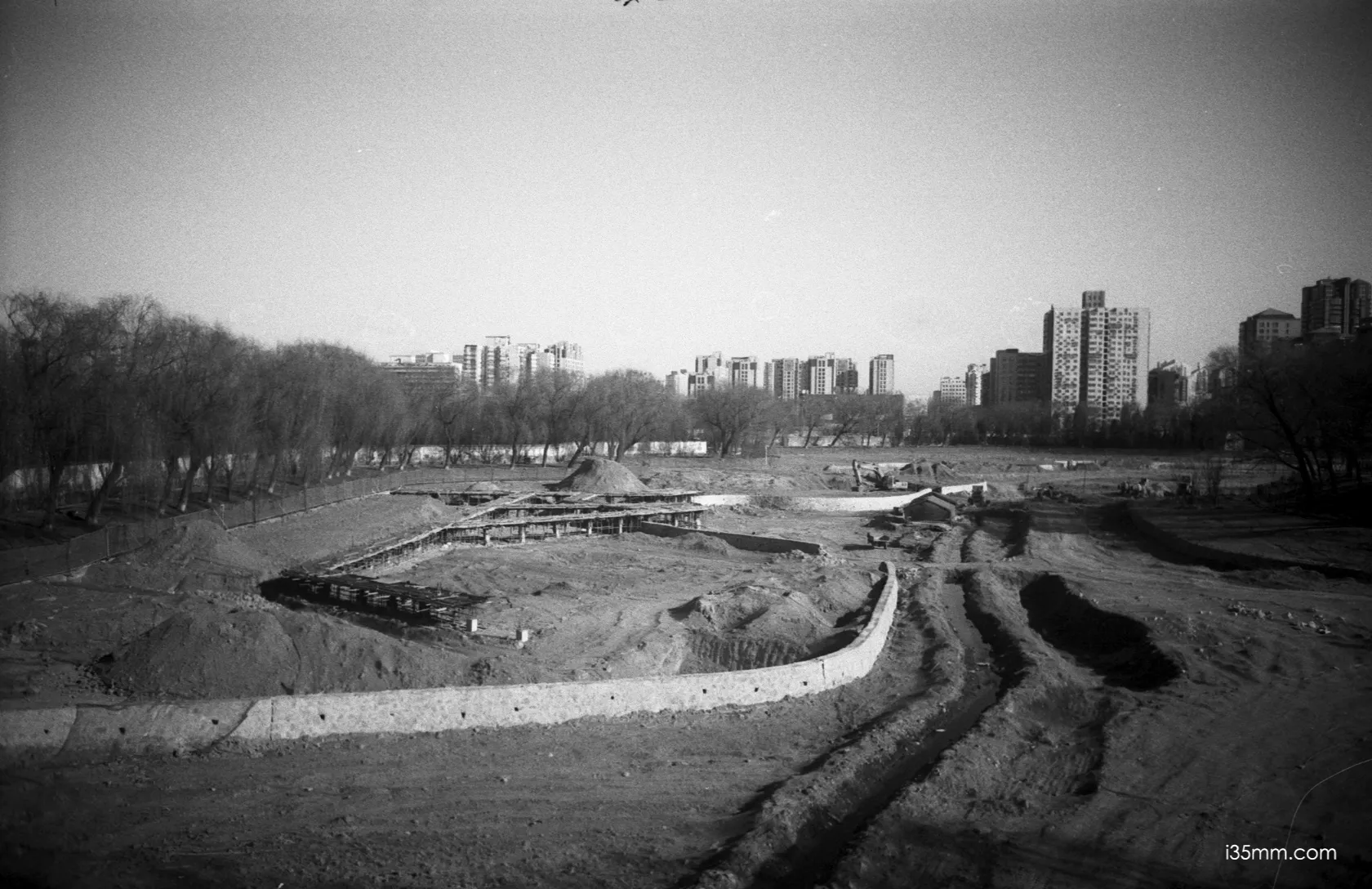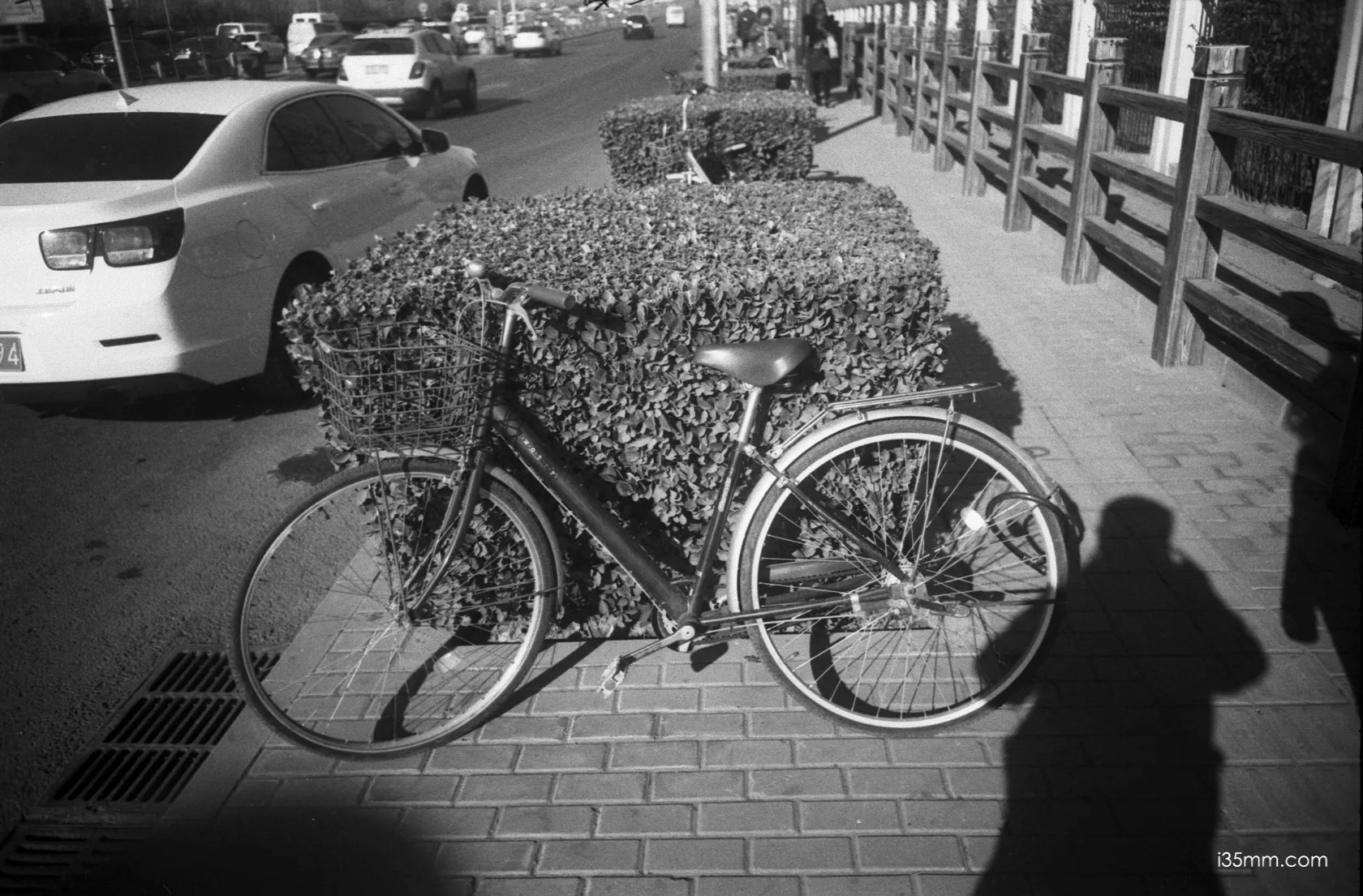The Maverick’s Prologue
In 1934, Zeiss launched the Sonnar 50mm f/1.5. Leica, never one to back down, countered with the Summarit-M 50mm f/1.5 in 1936—a lens designed by Schneider Kreuznach, polished to madness, and wrapped in a 15-blade aperture (a feat rarer than a unicorn at a rodeo). Priced between 2,00–2,00–2,000 (2025 USD) depending on condition, this brass-and-glass rebel divides photographers like a Beatles vs. Stones debate. Love it or hate it? There’s no middle ground.

Design: Vintage Porsche Meets Jazz Club
- Built Like a Tank, Polished Like a Steinway
- M-Mount Royalty: Early M3-era models boast Swiss-watch precision, while L39 versions feel like garage-band prototypes.
- Aperture Wizardry: 15 blades create bokeh smoother than a Miles Davis trumpet solo.
- Generational Quirks
- First Gen (1949–1960s): “Fixed aperture scale” models—collector’s crack cocaine.
- Second Gen: Rotating aperture ring, less fogging (but still prone to fungal drama).
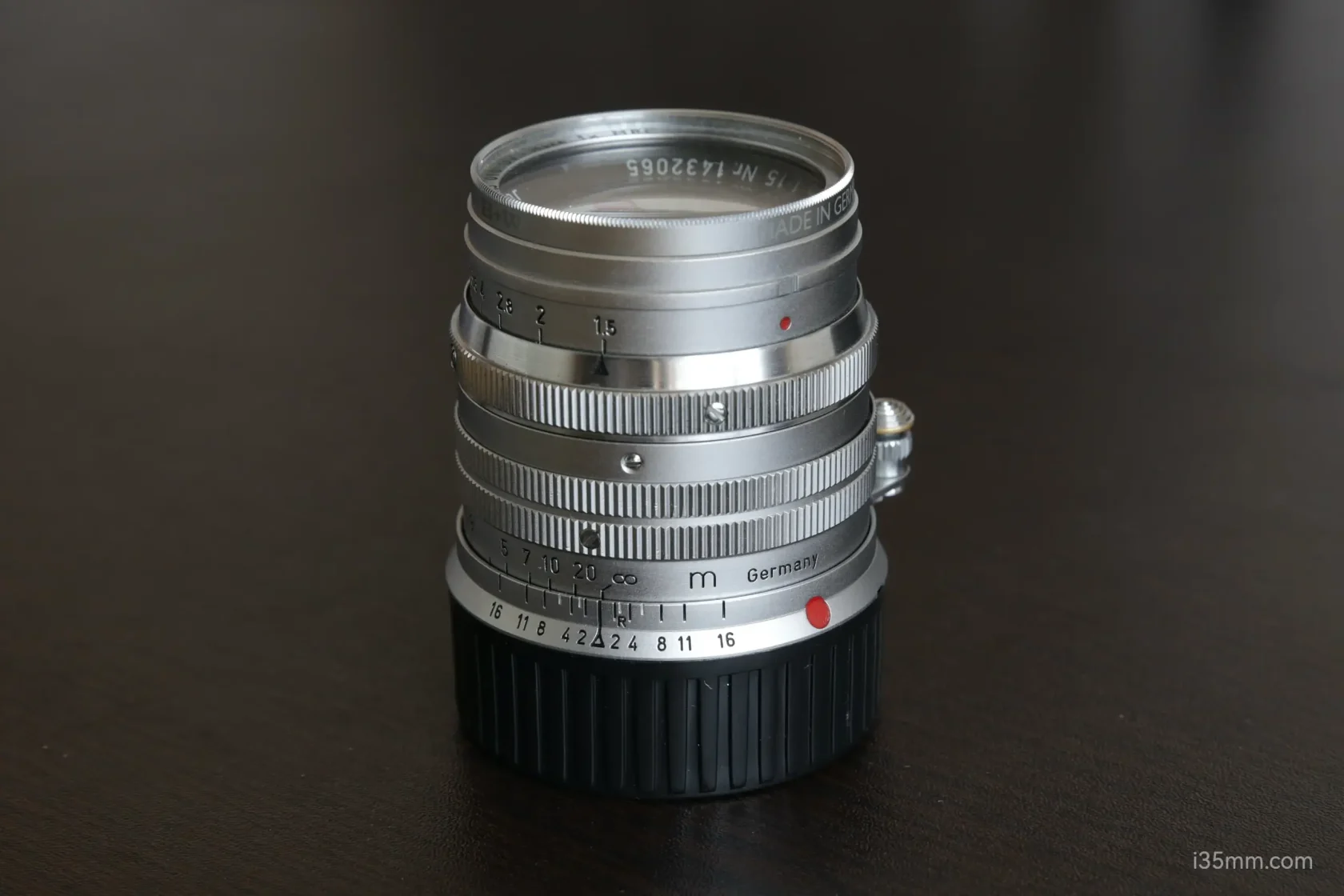
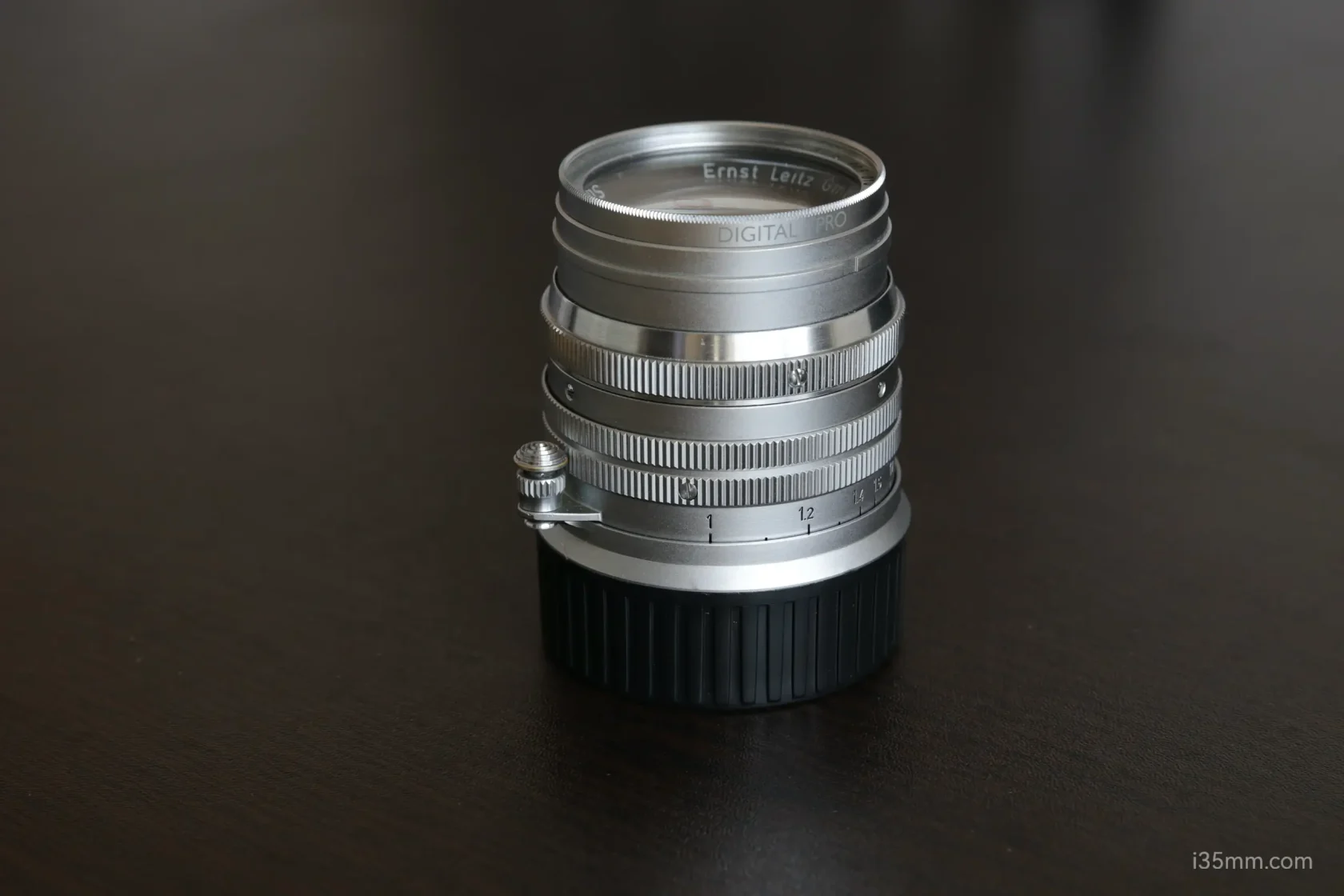
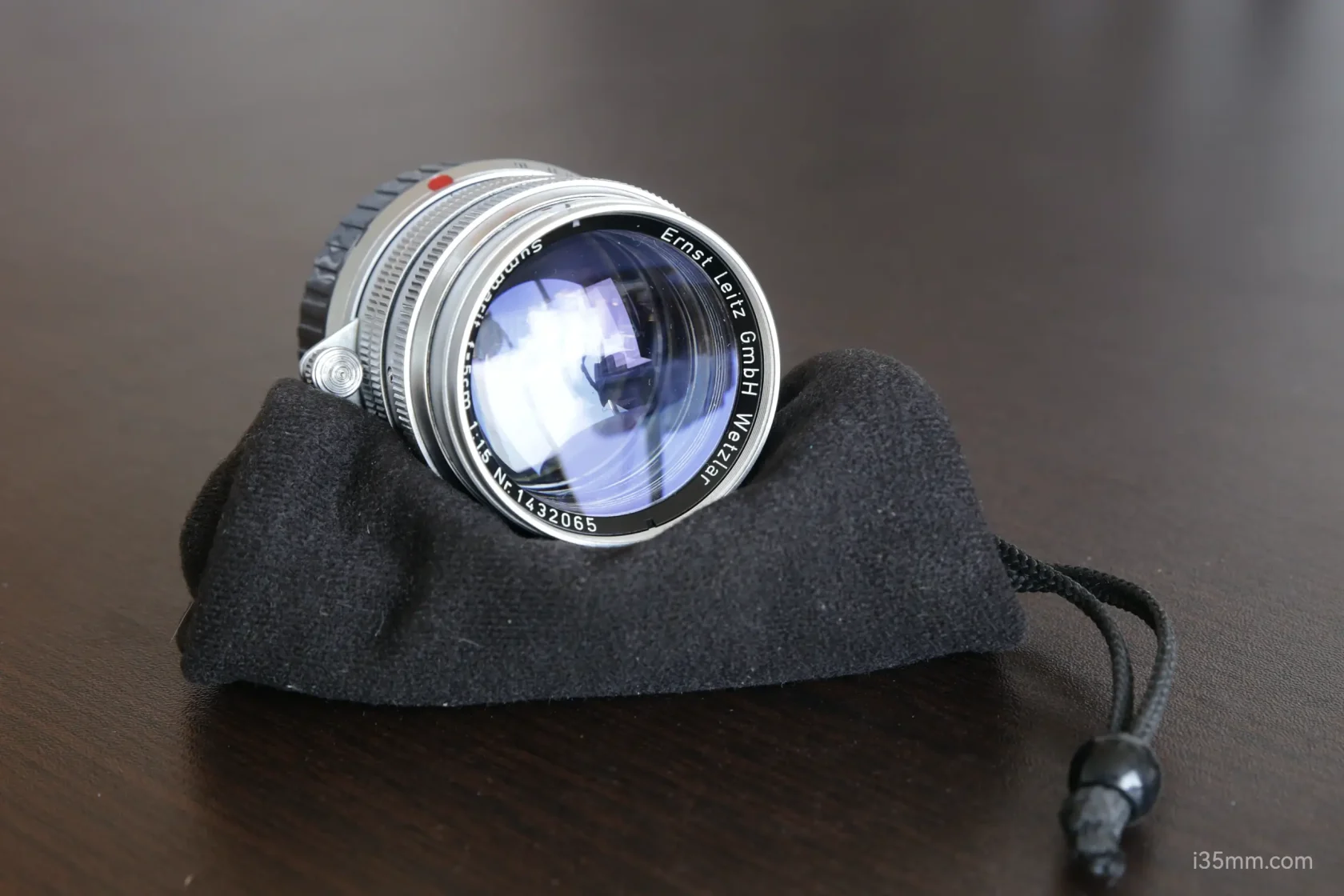
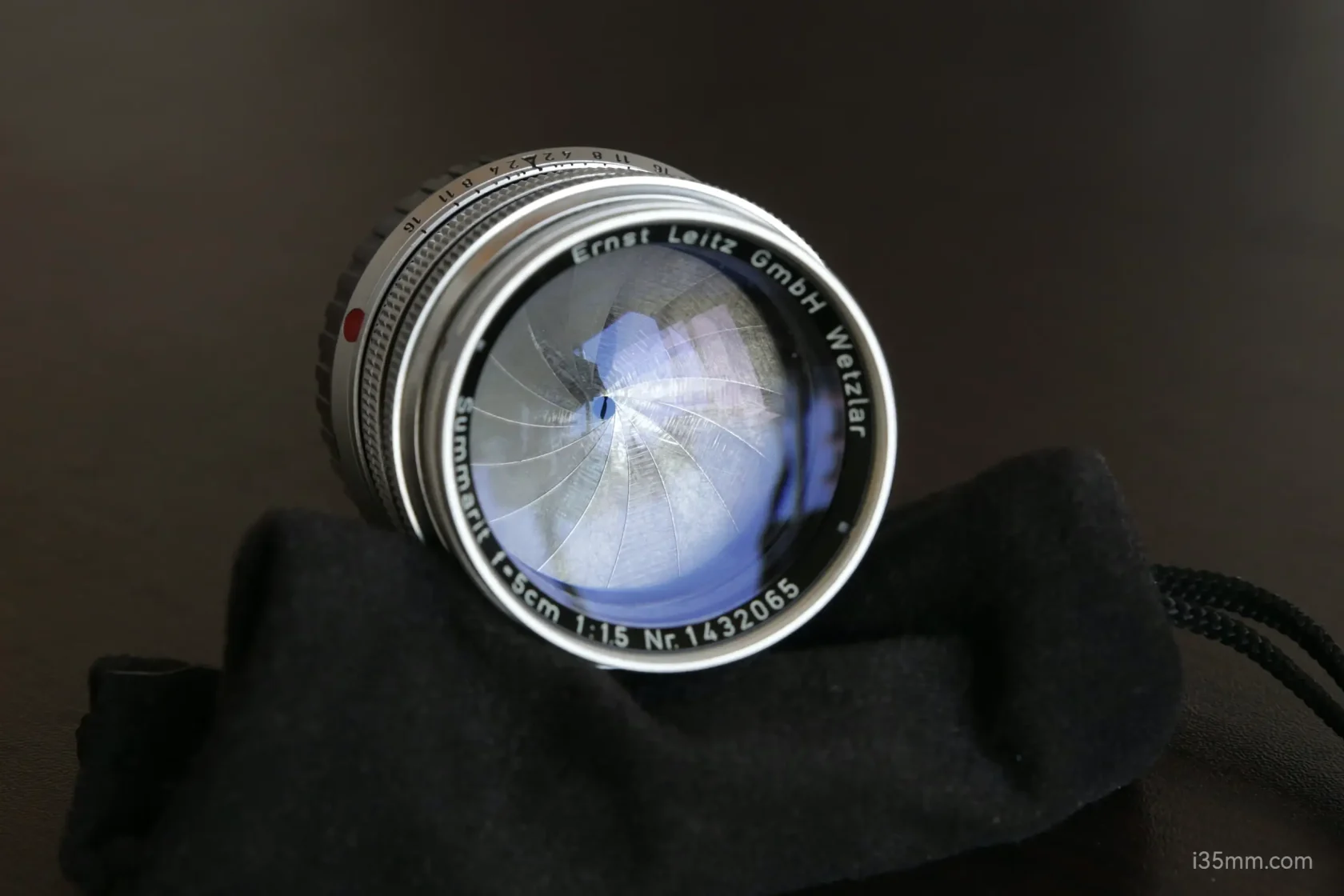
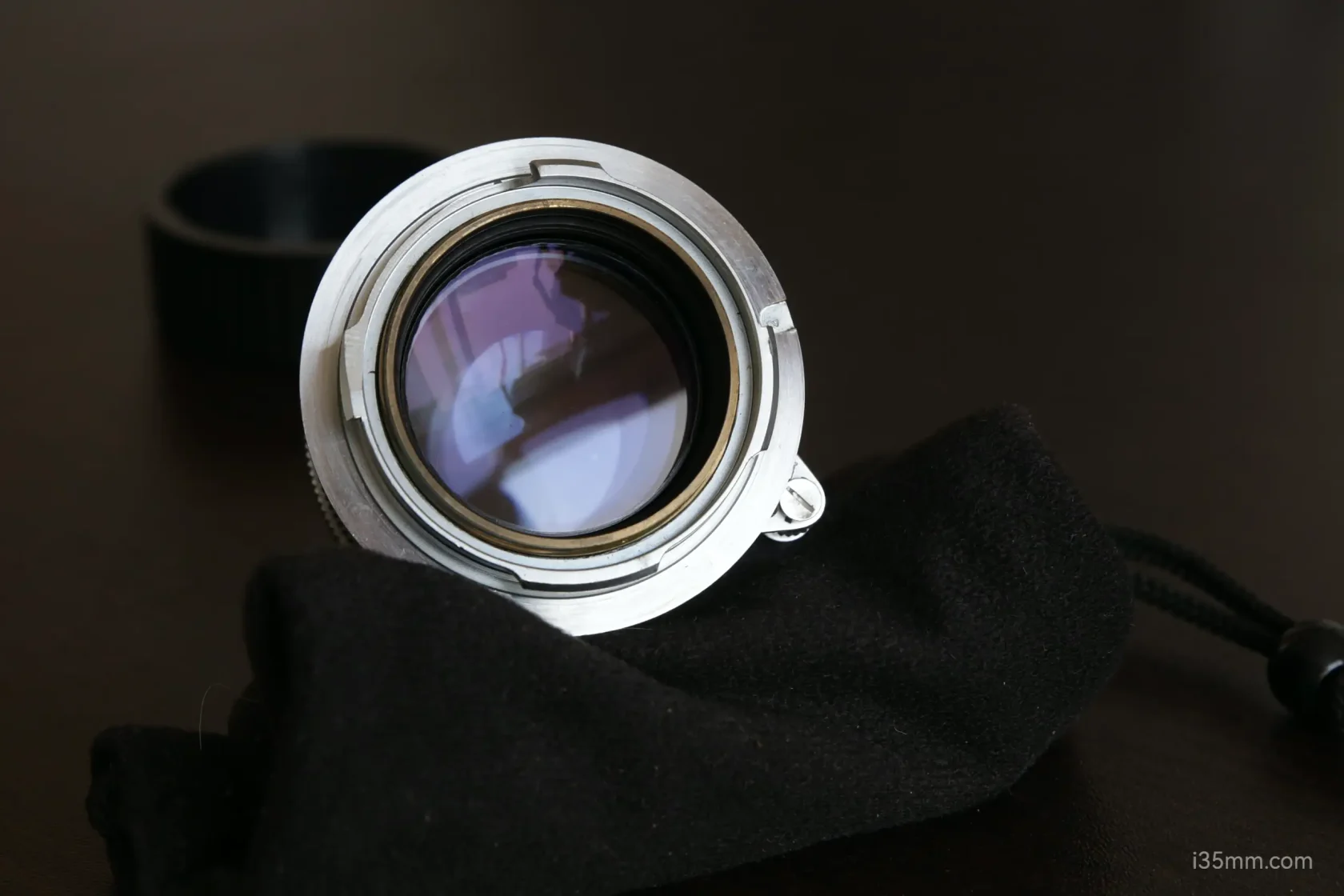
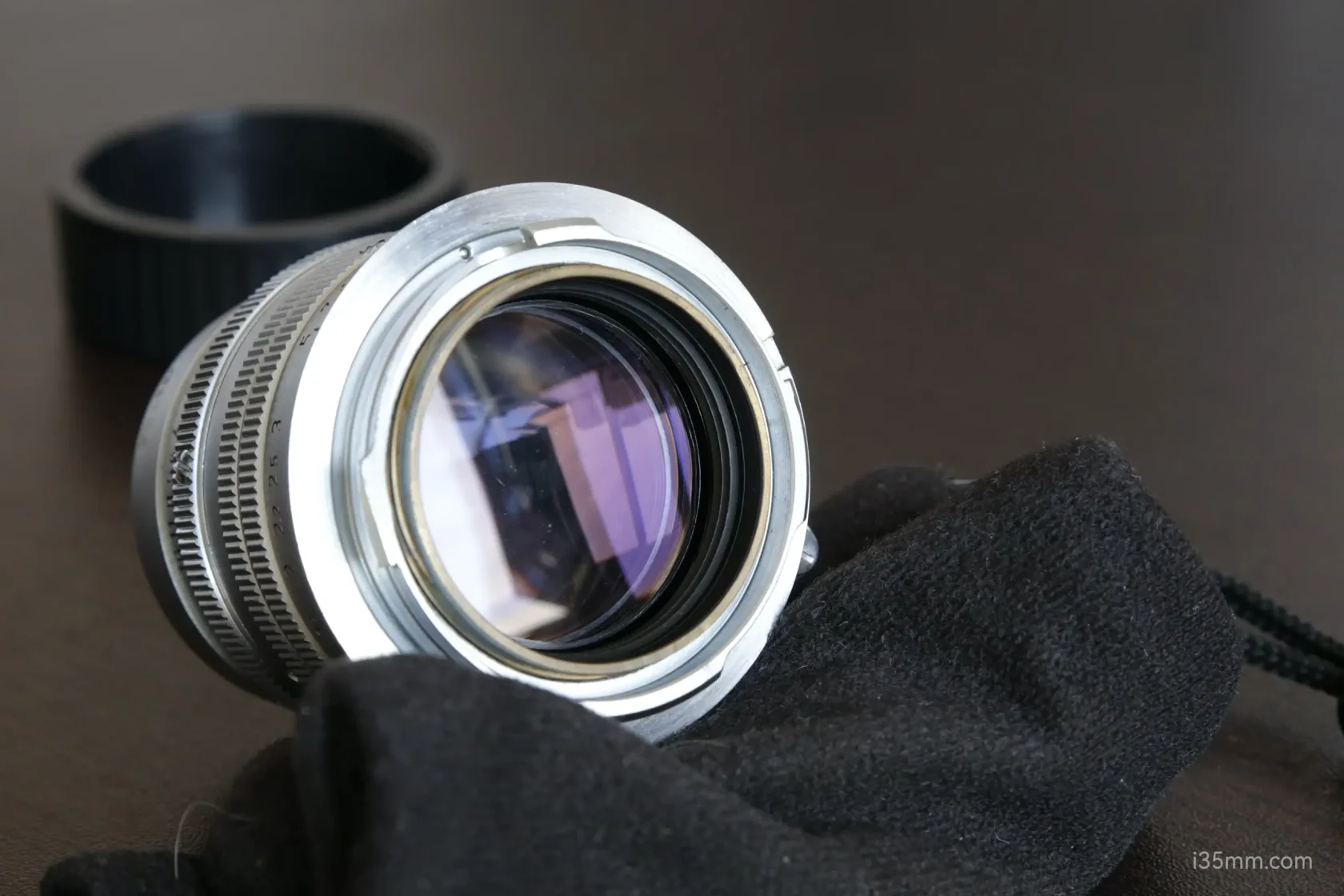
Optics: Impressionist Painting Meets Noir Film
| Aspect | Summarit 50mm f/1.5 | Modern Summilux 50mm f/1.4 |
|---|---|---|
| Sharpness | Bob Ross’ “Happy Accidents” | Navy SEAL sniper |
| Contrast | Earl Grey tea with a splash of milk | Espresso shot |
| Bokeh | Van Gogh’s Starry Night | Apple product renders |
| Soul | Jazz improv at 3 AM | Symphonic sheet music |
The “Three Insanities”
- Chaos at f/1.5
- Shoot wide open, and it’s like attaching a Tiffany lamp to your camera—glowy, dreamy, and utterly unpredictable. Miss focus? Call it “art.”
- Zen at f/2.8
- By f/2.8, it morphs into a Leica Summicron—sharp as a samurai sword, but with a lingering whisper of madness in the corners.
- Black & White Alchemy
- Pair it with Tri-X film or a CCD sensor (Leica M8/M9), and you’ll channel Ansel Adams crossed with a Tang dynasty ink painter.
- Chinese Proverb Footnote:“别人笑我太疯癫,我笑别人看不穿”
(“They laugh at my madness; I laugh at their blindness”—a toast to unconventional beauty*)
V. Street Photography: Pool Hall Hustler
- Blind Shooting: At f/1.5, zone focus like you’re sinking an 8-ball shot—half skill, half luck.
- CCD Love Affair: The M8’s sensor + this lens = Kodachrome meets a Wes Anderson film.
Who Should Buy This?
✓ Jazz Musicians with Cameras: Embrace chaos as your muse
✓ Film Noir Addicts: Chase shadows, not sharpness
✓ Contrarians: Who’d rather drink absinthe than IPA
Avoid If: You shoot weddings, pixel-peep, or fear surprises.
Final Verdict: The Beautiful Misfit
The Summarit 50mm f/1.5 is photography’s answer to a vintage vinyl record—crackles included. For the price of a bespoke suit, you get:
- A time machine to 1950s Mad Men aesthetics
- Proof that “flaws” can outshine perfection
- Permission to laugh at technical charts
Rating:
🎷🎷🎷🎷🤍 (for jazz souls) | 📊📊🤍🤍🤍 (for lab-test warriors)
“A lens that whispers: ‘Perfection is overrated—let’s dance in the rain.’”
Pro Tips:
- Fight the Fog: Store with silica gel—it’s fussier than a Parisian sommelier.
- Film Pairing: Ilford HP5+ @1600—grain hugs the glow.
- Digital Hack: Add +20 clarity in Lightroom to mimic 1960s press photography.
Epilogue: The Legacy of Madness
Leica’s Summarit 50mm f/1.5 is the NBA’s “Pistol Pete” Maravich of lenses—unpredictable, flamboyant, and utterly unforgettable. Modern Summilux lenses may rule the charts, but this granddaddy whispers: “You don’t take photos—you conduct light.” As the Chinese proverb goes, true artistry often hides in the cracks of convention. Shoot wide open, embrace the chaos, and let the world call you mad.
